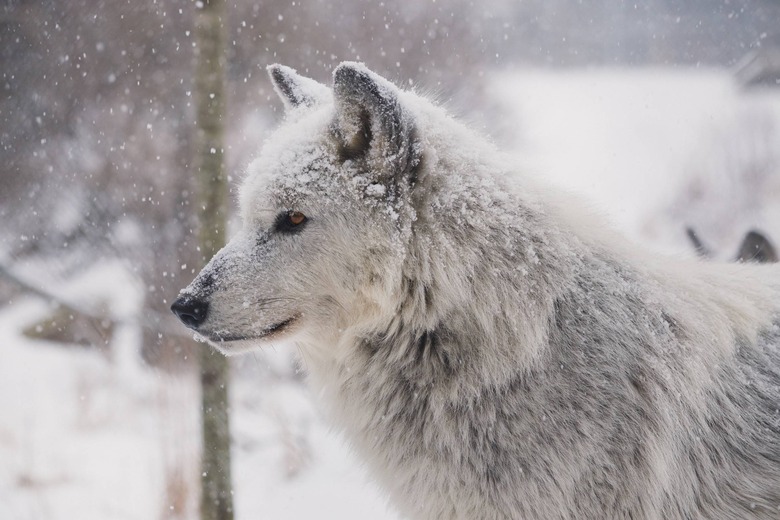A Genetics Company Just Revived The Dire Wolf, Sort Of
They vanished more than 10,000 years ago. But now, a genetic company claims it has successfully revived a dire wolf by sequencing the species' DNA from ancient fossils.
Colossal Biosciences, the company behind the project, has made plenty of bold headlines. It has plans to bring back woolly mammoths, dodos, and even thylacines. The company blends high-tech gene editing with showmanship. But this time, it's not just theory. In late 2024, Colossal announced that it had engineered two living wolf pups designed to mirror the extinct dire wolf.
Of course, the process wasn't as simple as just bringing a dead dire wolf back to life or just cloning it. Ancient DNA degrades over time, so researchers couldn't just clone a dire wolf outright. This is also part of what has held up the revival of the woolly mammoth. Instead, scientists extracted DNA fragments from fossils, pieced together as much of the dire wolf genome as they could, and then used CRISPR to edit those traits into modern gray wolf embryos.
The result was a couple of massive, white-coated canines with larger skulls, powerful jaws, and thick fur—all distinctly engineered to revive the dire wolf's form. Of course, these babies are far from the massive beasts seen in Game of Thrones. But they already weigh 80 pounds and are expected to grow larger than any living wolf species.
Colossal says the de-extinction project is about rewilding and ecosystem restoration. Many believe that reintroducing lost species—or as close as we can make to them—could help stabilize environments disrupted by human activity. The company also sees its gene-editing breakthroughs as stepping stones for broader biotech applications, from conservation to human health.
Not everyone's convinced, though. Some argue that the revived dire wolf isn't truly a dire wolf—just a heavily modified wolf with a flashy name. Others raise ethical concerns about the animals' well-being, their place in modern ecosystems, and the balance between hype and science. What happens to these so-called dire wolves as they age? Has the species just been revived to die?
Still, as a technical milestone, it's hard to ignore. No one has ever edited these many genes in a mammal and brought it to life. Whether these revived animals mark the start of a new conservation model or just a high-profile curiosity, one thing remains: Colossal has managed to revive the dire wolf—at least in spirit—proving that its de-extinction project is more than just talk.
